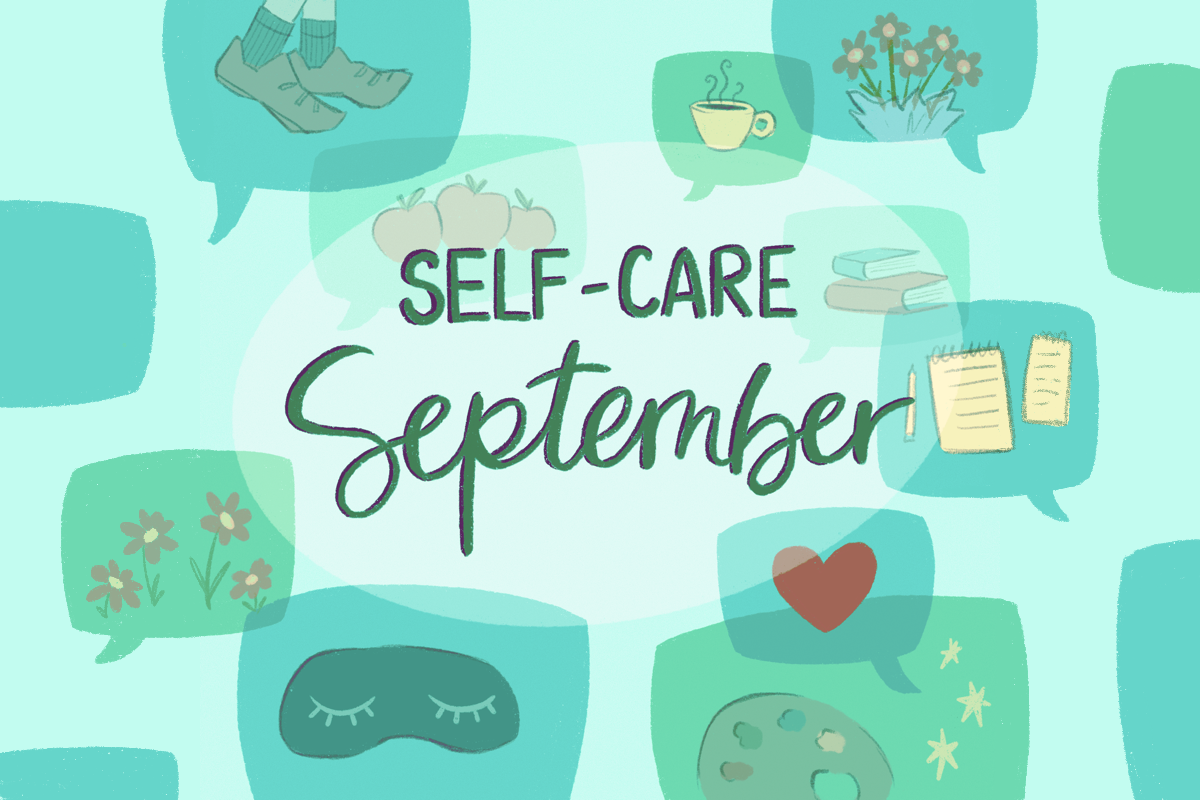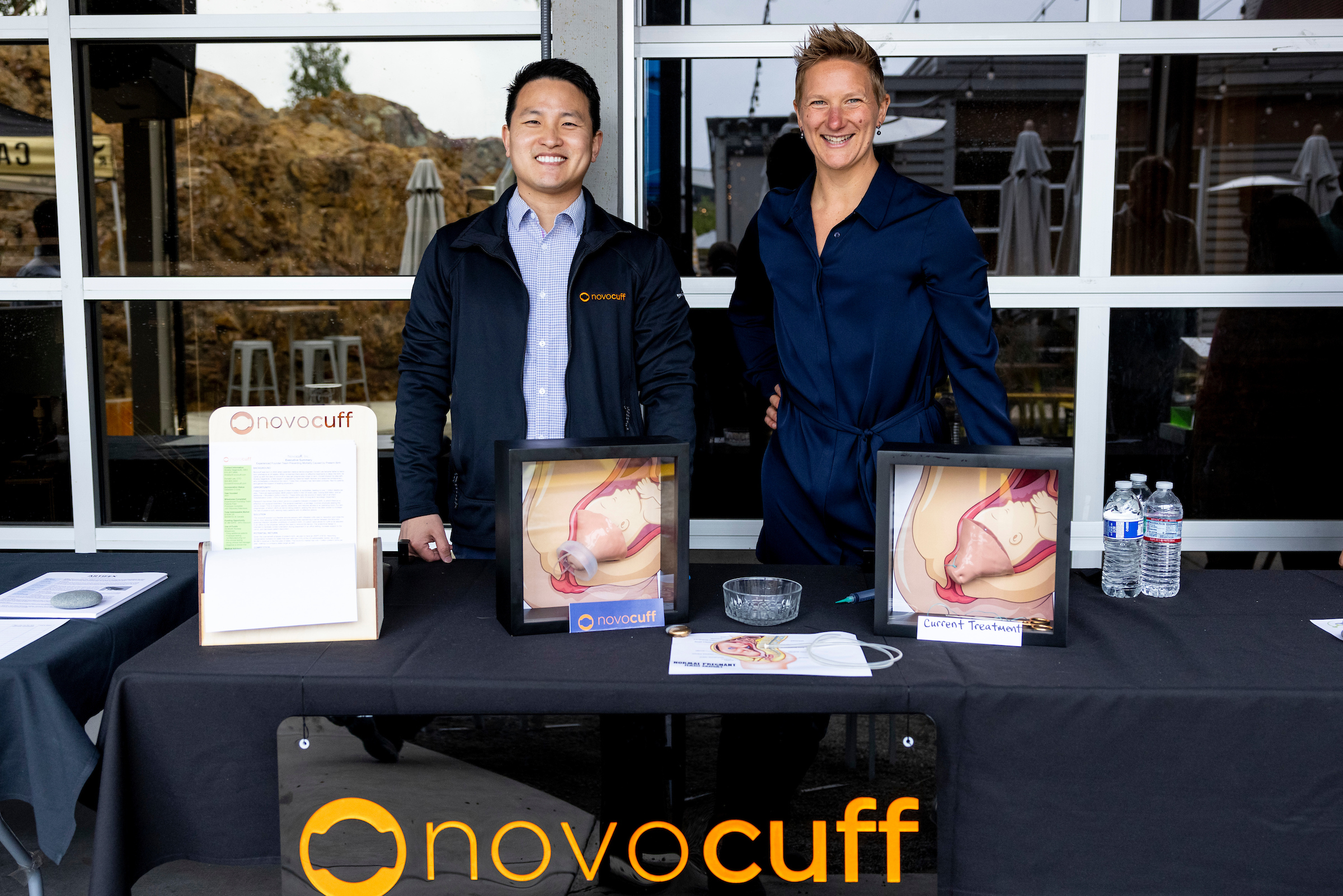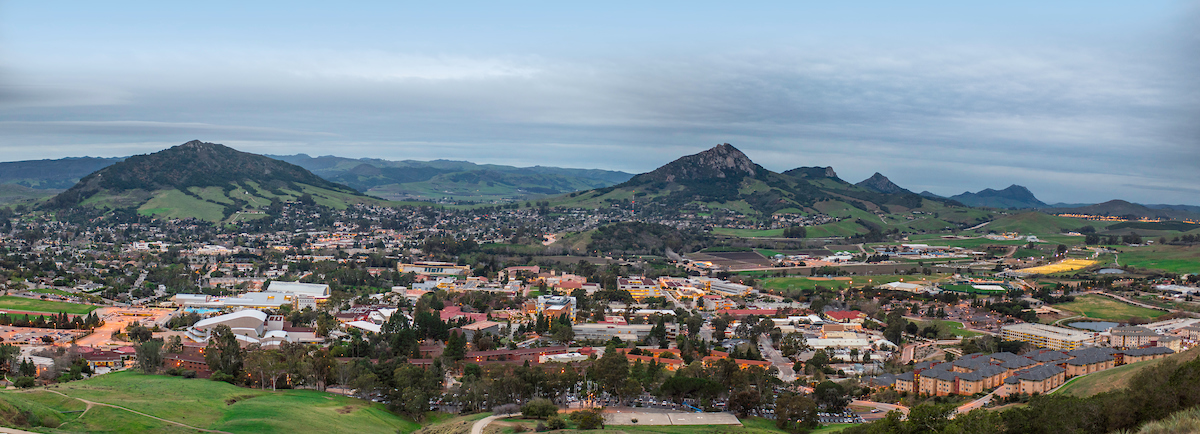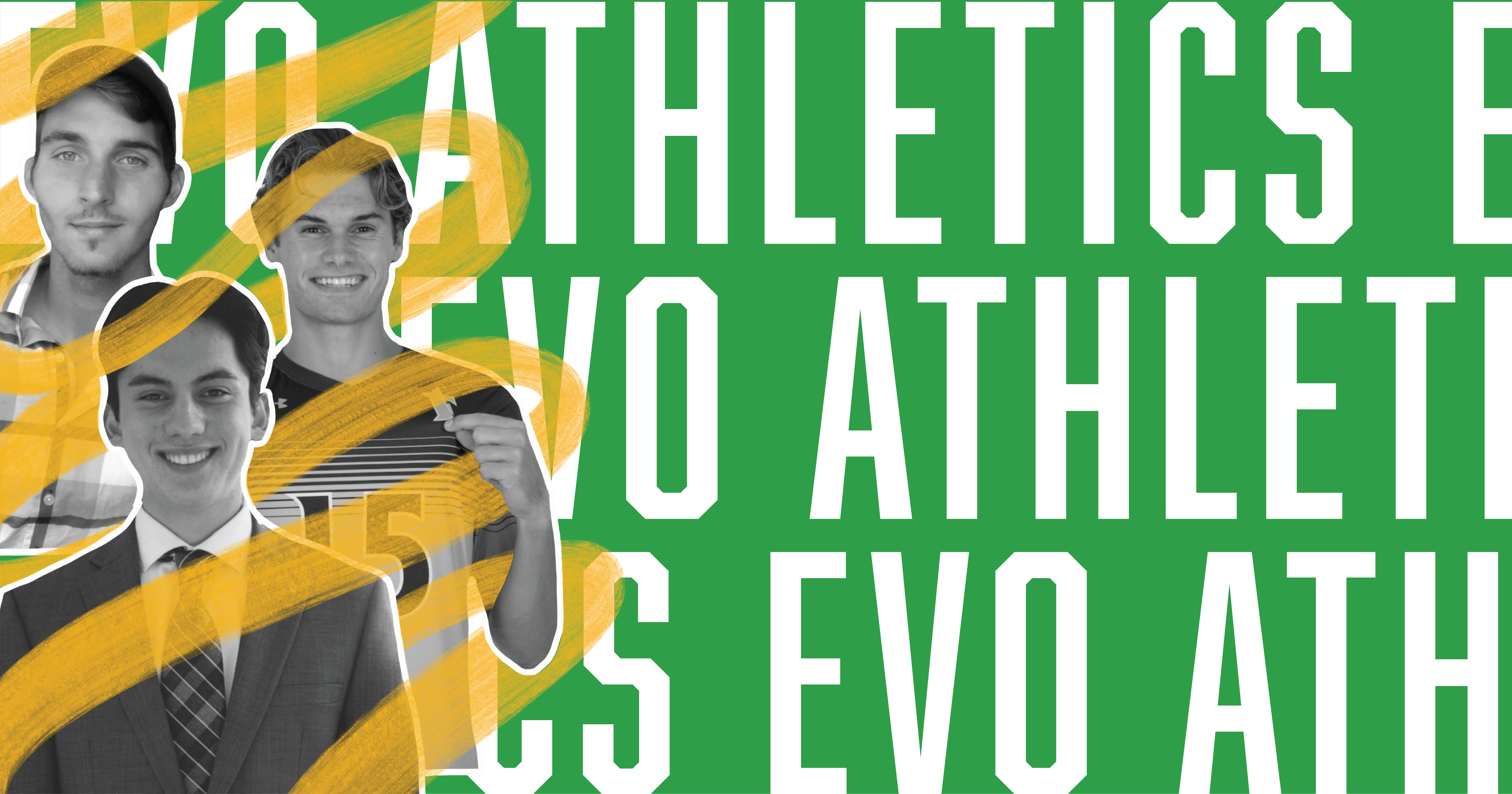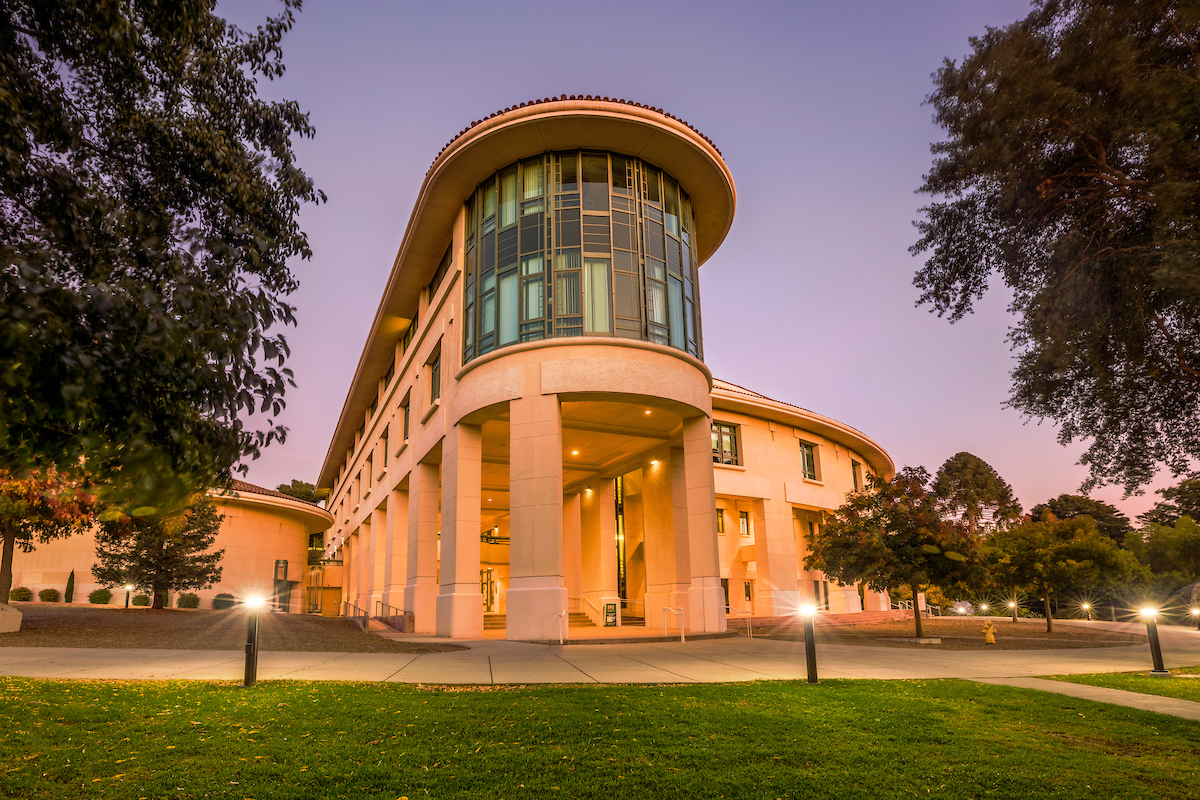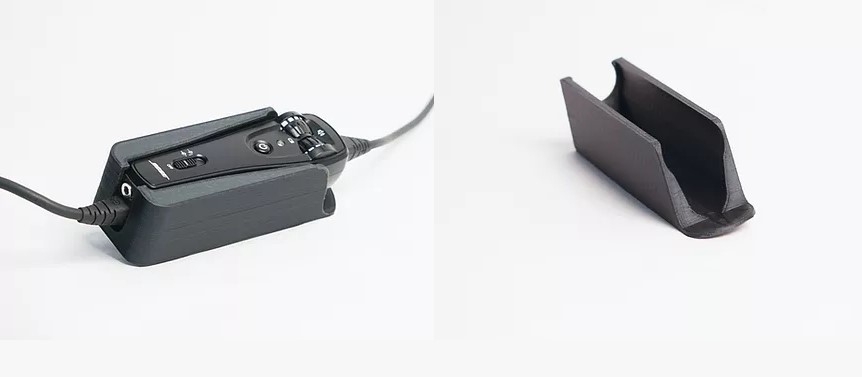Venturing beyond the stars: Little Place Labs utilizes collaboration with Cal Poly classrooms for entrepreneurial growth
While pursuing their MBAs at Oxford University, the brains behind Little Place Labs brewed up their startup idea over pints of Guinness. It all kicked off with one, then turned into five, and soon enough co-founders Bosco Lai, acting CEO, and Gaurav Bajaj, acting CTO, were deep into brainstorming. Fueled by laughter, camaraderie, and a dash of liquid courage, these co-founders turned pub banter into a startup known as Little Place Labs.
Little Place Labs, a space tech company, specializes in developing solutions for near real-time space insights. In a world heavily reliant on space data collected by satellites, their innovative approach involves implementing software that operates directly on satellites, enabling the transformation of space-collected data into actionable information delivered quickly to ground stakeholders. Their software is particularly crucial in situations where real-time decisions are imperative.
At the heart of Little Place Labs’ narrative is the profound significance of relationships and engaging with individuals.
“One of the key elements of why Little Place Lab exists is because I met my co-founder and some of the team members,” Lai said. “When you meet the right people, everything just kickstarts.”
The theme of relationships continued, as it was through a coincidental interaction that the Texas-based startup came to join the Cal Poly Center for Innovation & Entrepreneurship Incubator program.
The CIE Incubator helps develop early-stage startups into financially secure and scalable enterprises. Entrepreneurs in the program are provided with mentorship, funding opportunities and other resources to develop their business.
In 2022, while attending a space event in Los Angeles, Lai said he crossed paths with Judy Mahan, Cal Poly CIE Senior Economic Development Director. Their casual conversation delved into the essence of Little Place Labs and Mahan’s role within the organization.
Quickly captivated by the Incubator’s diverse support for various startups beyond space tech, Lai said he immediately recognized the unique prospect the program offered. More than just a chance to immerse Little Place Labs in California’s dynamic ecosystem, Lai saw it as a golden opportunity to foster profound connections with a program deeply connected to a university that encourages collaboration between startups, academia, students and professors.
Little Place Labs joined the Incubator in 2022 and participates in the program virtually from Texas.
Through the CIE Incubator, Little Place Labs was introduced to California Polytechnic State University, San Luis Obispo (Cal Poly) professor Barry Lieberman, which they credit to be one of the best opportunities utilized from the program.
“Interaction with the personnel and people with Cal Poly really, really helped us,” Lai said. “Working with the professors, students and directly with the university, helps us think through things not just from a commercial way, but also from a technical way.”
Lieberman runs a commercialization of new technologies course at Cal Poly, structured around grouping his students to research for an emerging company in an under-researched market. Little Place Labs has collaborated with the students in this course the last two years.
Their participation in the course has proved to be a beneficial experience for both the students and Little Place Labs.
“We are able to really leverage the students during their time with Professor Liberman to do market research on Little Place Labs,” Lai said. “There’s a lot of excitement and a lot of work that we were able to leverage from the students during their time with us. We were very happy to use their work and merge it with our own.”
As the 2024 year begins, Lai said Little Place Labs is focusing on their business development. Specifically, working on partnerships, contacts, increasing exposure and planning seed ground fundraising events in the upcoming months.
In line with their commitment to fostering relationships, they plan to continue working with Professor Lieberman and interacting with Cal Poly students.
“We really enjoy working with the professor and the students. We learned a lot, and I think that’s really valuable. Not all programs can provide us with that kind of exposure and interactions,” Lai said. “The Incubator is fantastic because it really provides you support in many different ways. The program is open to your imagination.”
